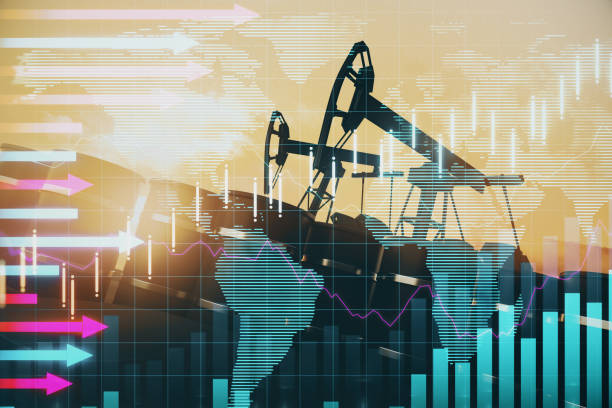To bring down escalating gas prices faster, US President Joe Biden announced that his government would sell off 150 million barrels of crude oil from the country’s Strategic Petroleum Reserve. He intends to release a million barrels a day beginning May 2022.
This is the largest release in the SPR’s history and is seen as a solution to how fuel prices have been soaring worldwide. However, experts say that this may have future repercussions if the US fails to replenish the stockpile quickly.
Seen as a tradeoff, the sale of oil from the SPR will mean the quicker release of oil into the market and decrease prices. But this will come at a cost: it may take longer for the US to replenish its crude reserves – something which may raise market risks in the long term and lead to increased volatility in the price of oil.
While oil loans from the stockpile involve a guarantee of return within a set time, arrangements, as well as the drafting of contracts between the US government and potential buyers, will take at least a few months to make.
Dipping into reserves
Experts remain uneasy about the impending sale. Along with the vague timeline for replenishment, another concern is that the amount of oil in the SPR is already at its lowest level since 2002.
If oil prices continue to rise, the remaining level may drop even lower. In which case, taxpayers may be called upon to pay the price if the SPR is replenished when crude prices are high.
The SPR holds 564.6 million barrels of crude – essentially enough to meet the country’s demand for oil and liquid fuel for about a month. But officials assure the public that, once the 150 million barrels have been sold, the remainder will still be more than enough to comply with the International Energey Agency (IEA) standard of having at least 90-days’ worth of US crude imports.
Likewise, several oil companies will return around 32 million barrels to the stockpile over several months. These are repayment of a loan enacted by the US government in November last year.
Reacting to the Russian invasion
This act by the Biden Administration is seen as a reaction to the Russian invasion of Ukraine which led to a series of sanctions and institutional boycotts that led to a decrease in available crude and drove up fuel prices throughout the world.
Before the conflict, Russia supplied around 10% of the crude used globally. Now, ongoing economic sanctions are bound to cost the world around three million barrels a day.















